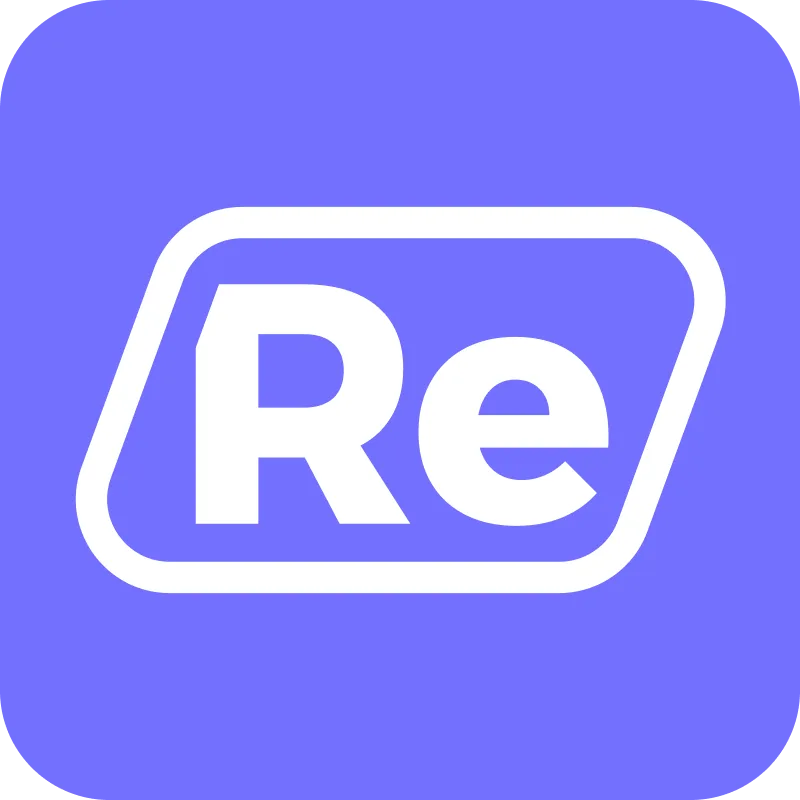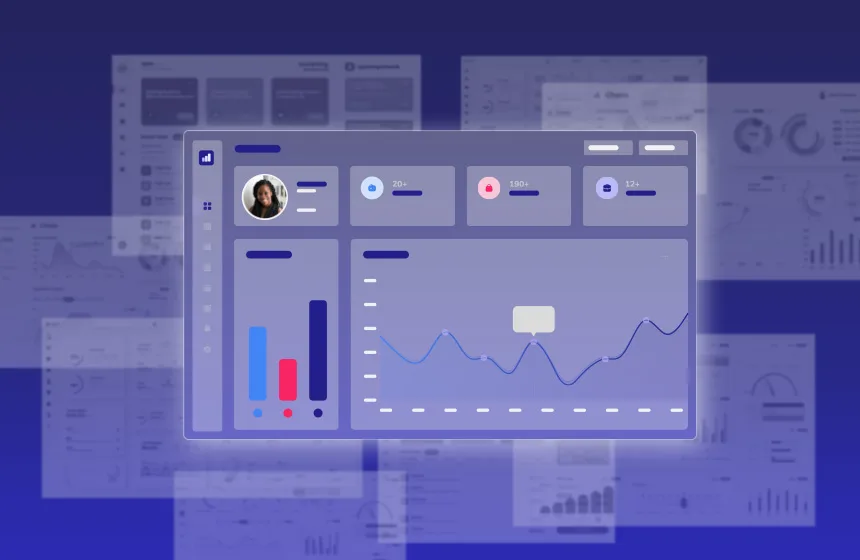5 Ways Solutions Engineers Improve Customer Retention

August 14, 2025
Table of Contents
Customer success isn’t the only team responsible for improving customer retention. It’s a company-wide effort. As a solutions engineer (SE), you’re probably already on the front lines of making sure that customers adopt the product and see immediate value — for their initial use case and beyond.
The good news? You can use your deep technical expertise and direct interactions with customers to improve retention even further than you are today.
Metrics like Gross Revenue Retention (GRR), Net Revenue Retention (NRR), and Customer Lifetime Value (LTV) are especially important in an economy where most SaaS companies are locked in on sustainable revenue growth. These KPIs are driven in large part by satisfying existing customers. Talk about a compelling reason to stay actively involved beyond the initial sale!
Here are five areas you can focus on to maximize your impact on customer retention.
1. Align SE Efforts with Revenue Goals
One of the best ways you can improve customer retention is by aligning your efforts with revenue goals. As an SE, your perspective is vital because you understand how customers engage with a product and where technical roadblocks may exist. You can bring that knowledge to the table by participating in renewal strategy meetings, QBRs, and customer health checks.
Presales should also work closely with customer success, product, and account management teams to strengthen customer relationships. For example, you can give real-world feedback to product teams, so new feature developments align with actual customer needs. Collaborating with account management, meanwhile, can uncover expansion opportunities and reinforce long-term customer engagement beyond the initial sale.
2. Identify Churn Risks Before They Escalate
Customer churn often starts with subtle warning signs, such as low product adoption, recurring support issues, or disengagement. Solutions teams often have direct access to customer usage patterns and feedback, so you’re in the best place to proactively identify and mitigate these risks before they escalate.
For example, if you notice a customer is not using key features that they’d get value from, you can offer tailored training sessions, technical workshops, or interactive demos to encourage adoption. You can also help reduce support escalations by hosting technical Q&A sessions, maintaining a knowledge base, or providing hands-on guidance to customers facing common challenges. By staying engaged beyond the initial sale, you can monitor usage trends and recommend features or workflows that align with customer needs as they change.
3. Enhance Customer Education and Enablement
SEs can also improve customer retention through ongoing education and enablement. Many customers struggle to get value out of a product because they don’t understand how to use it to its fullest potential. You can address this challenge by developing structured educational programs that support long-term customer engagement.
There are a few ways to do it. First, you can build interactive demos that give customers self-serve access to product features tailored to their specific use cases. Certification programs can take these demos a step further by helping customers build expertise and reinforcing their confidence in the product. As a bonus, these programs create internal champions who advocate for continued use within their organizations.
Technical workshops and deep-dive sessions are another opportunity to engage with customers beyond the sales process. Helping customers stay up to date on product capabilities and best practices improves adoption and impacts retention rates.
4. Improve the Presales-to-Customer Success Handoff
One of the biggest gaps in the customer lifecycle happens during the transition from presales to customer success. We’ve all seen it: a bad handoff can lead to misaligned expectations, a lack of context, and friction in the early stages of onboarding. You can play a critical role in making this transition smooth and seamless.
A structured handoff process includes an SE-to-CS knowledge transfer meeting where you brief the CS team on key customer use cases, technical requirements, and any challenges discussed during the sales process. Maintaining a shared customer profile — whether that happens through a CRM, shared document, or project management tool — also makes customer information easily accessible. And joining the initial onboarding call or early QBRs can help reinforce continuity. It’s important to make sure that expectations set during the sales process align with how the customer is using the product.
5. Refine the Ideal Customer Profile
Retention efforts don’t just start after a customer has signed a contract. In many cases, the foundation for long-term success is laid before the sale even happens. Your interactions with prospects and customers give you a deep understanding of what makes a successful long-term user. That means you can play a key role in refining the ideal customer profile (ICP) to target customers who are most likely to see ongoing success with the product.
Start by tracking common themes in customer interactions, such as recurring technical challenges, feature adoption patterns, or integration needs. That will give your sales and marketing teams data to help fine-tune ICP criteria. When you’re targeting the right ICP, you’re bringing the right customers into the pipeline, reducing the likelihood of churn down the road. In addition, you can track customer sentiment and technical blockers post-sale, providing feedback to product teams to make improvements that align with the needs of long-term, high-value customers.
The Bottom Line
SEs are often key players in winning new deals, but your impact doesn’t have to stop once a contract is signed. By staying engaged in the customer lifecycle, you can help drive retention, improve customer satisfaction, and create lasting value. Take an active role in customer retention to strengthen customer relationships and contribute directly to the company’s long-term revenue growth.
Want even more practical advice on this topic?
Get our guide to expanding solutions influence on retention.





